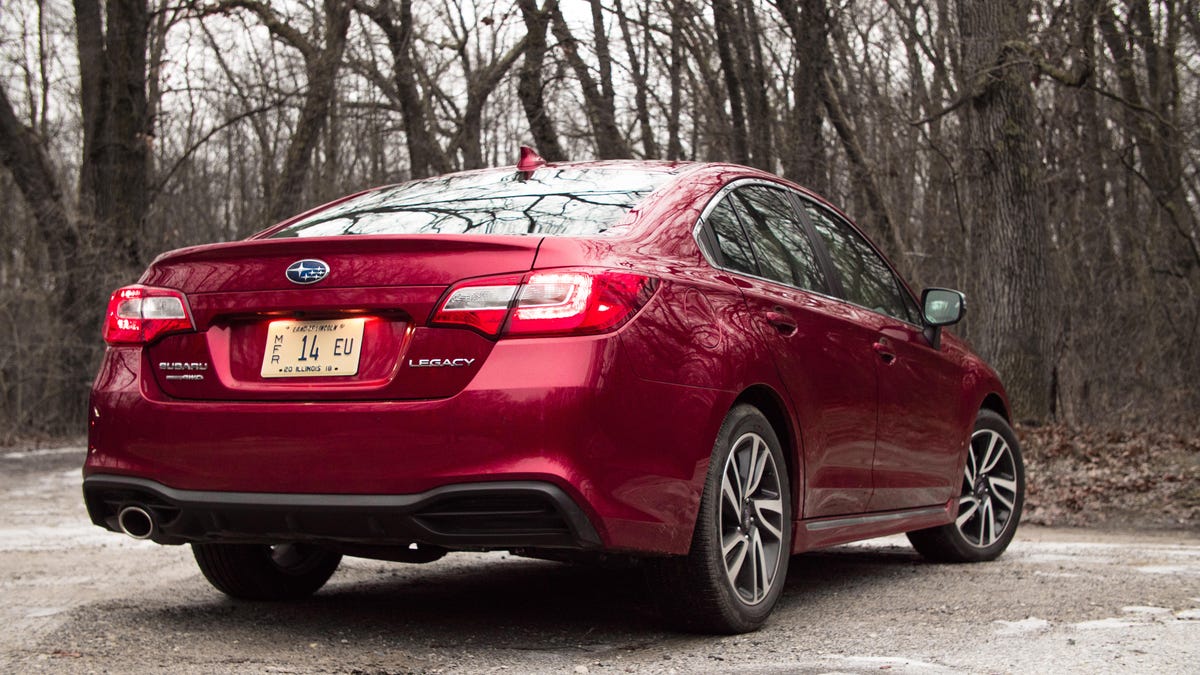Subaru's new recall for 2019 Legacy and Outback puts the focus back on welds
Like the previous recall, affected owners can request a fresh replacement vehicle.
Last year, Subaru recalled 293 Ascent SUVs for missing spot welds on the B-pillar, offering complete replacement vehicles for the nine owners who actually collected cars before the defect was found -- the rest were put to an early death. Now, it appears Subaru has another similar recall on its hands, although these vehicles can actually be fixed.
Subaru has issued a recall for 2,107 examples of the 2019 Legacy sedan and 2019 Outback crossover. The vehicles carry build dates between May 31 and June 6, 2019. It's noted in the recall documents that Subaru expects only 12% of the recalled vehicles to carry the defect, and a Subaru spokesperson told The Detroit Bureau that maybe only a dozen vehicles or so actually made it to consumers before the problem was discovered.
The issue stems from spot welds located below the cowl panel. These welds may have been improperly applied, thanks to a spot-welder tip that may have been cleaned and reshaped incorrectly. The bad welds may contribute to a reduction in overall body strength, which could increase the risk of injury in a crash.
Subaru discovered the issue at its US production plant after a body shop employee "heard an abnormal noise from the duct area," according to documents filed with NHTSA. The very next day, Subaru's supplier found the root cause, and within a couple weeks, Subaru had determined the population to recall and had initiated the recall itself.
The small handful of buyers who have the recalled vehicles will have to return to the dealership. If technicians determine the car has an insufficient weld, the owner will have three options: The owner can receive a fresh replacement, Subaru can buy the car back from the owner or the vehicle can be returned to the manufacturing facility for repair. Subaru told The Detroit Bureau that the buyback and replacement options are less time-consuming for owners, which is why Subaru isn't only suggesting repair. The vehicles that have not yet been sold will be inspected, repaired and prepped for sale.


